Huernia hystrix
Scientific name: Huernia hystrix
Common names: Porcupine Huernia, Starflower, Starfish Plant, Starfish Flowers, Carrion Flowers.
Natural habitat: Huernia hystrix originates from the arid regions of Eastern and Southern Africa, thriving in well-drained soils.
Flowers: Huernia hystrix blooms with unique flowers that can reach up to 2 inches (5 centimeters) in diameter. The striking pattern and textured fringe make them a standout feature.
Stems: The stems are green, robust, and may grow several inches tall, with a slightly angular shape that is characteristic of the Huernia genus. They create a beautiful backdrop for the plant’s stunning flowers.
$4.00
Embrace the distinctive beauty of the Huernia hystrix, a succulent that’s as intriguing as it is delightful. The plant’s captivating flowers feature a mesmerizing spiral pattern with a combination of cream and deep maroon, fringed with soft, hair-like structures. This easy-to-care-for succulent is perfect for anyone looking to introduce a natural yet extraordinary element to their space.
We sell all Stapeliads as unrooted cuttings – a bunch of 3 stems each minimum 4 inches (10 cm).
General Care for Stapeliads
Stapeliads are a unique group of succulent plants known for their striking flowers and interesting forms. They belong to the Apocynaceae family and are mostly native to Africa, with some species found in Asia and the Middle East. Here’s a general guide to caring for Stapeliads:
- Lighting: Stapeliads thrive in bright, indirect light. Direct sunlight can be harmful, especially during the hottest parts of the day. A partially shaded spot is ideal.
- Watering: These plants require moderate watering. Allow the soil to completely dry out between waterings. Over-watering can lead to root rot, so it’s essential to ensure good drainage.
- Soil: Use a well-draining cactus or succulent mix. Stapeliads prefer a soil mix that allows for good air circulation around the roots.
- Temperature: Most Stapeliads prefer warm temperatures and are not tolerant of frost. Keep them in temperatures above 6-8°C (43-46°F).
- Humidity: Stapeliads generally do well in average room humidity. However, during the growing season, a slight increase in humidity can promote healthier growth.
- Fertilization: Feed sparingly during the growing season. Use a balanced, water-soluble fertilizer at half strength.
- Propagation: Propagation can be done through stem cuttings or seeds. Allow cuttings to dry before planting.
- Pests and Diseases: Watch out for pests like mealybugs and take precautions against snails and slugs. Stapeliads are generally resistant to diseases if well taken care of.
Specification: Huernia hystrix
| Weight | 0.55 lbs |
|---|



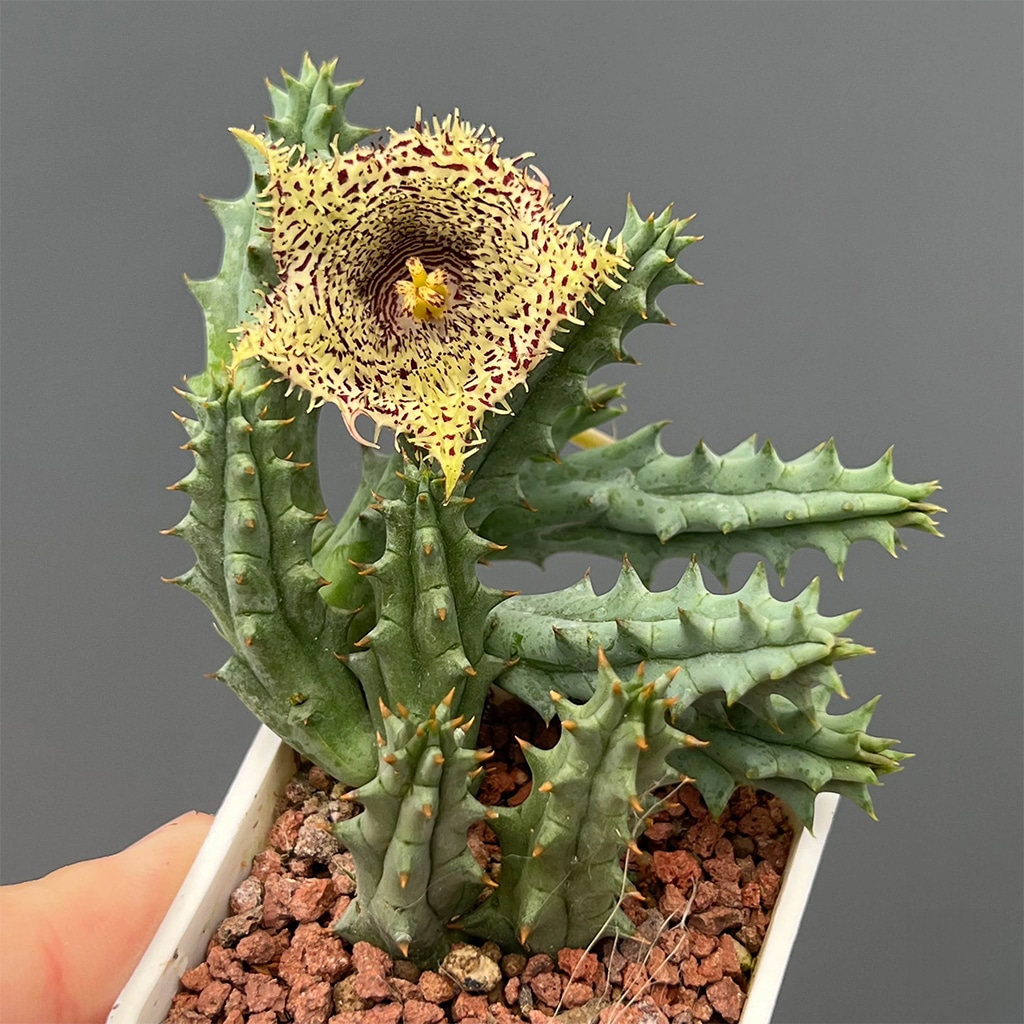
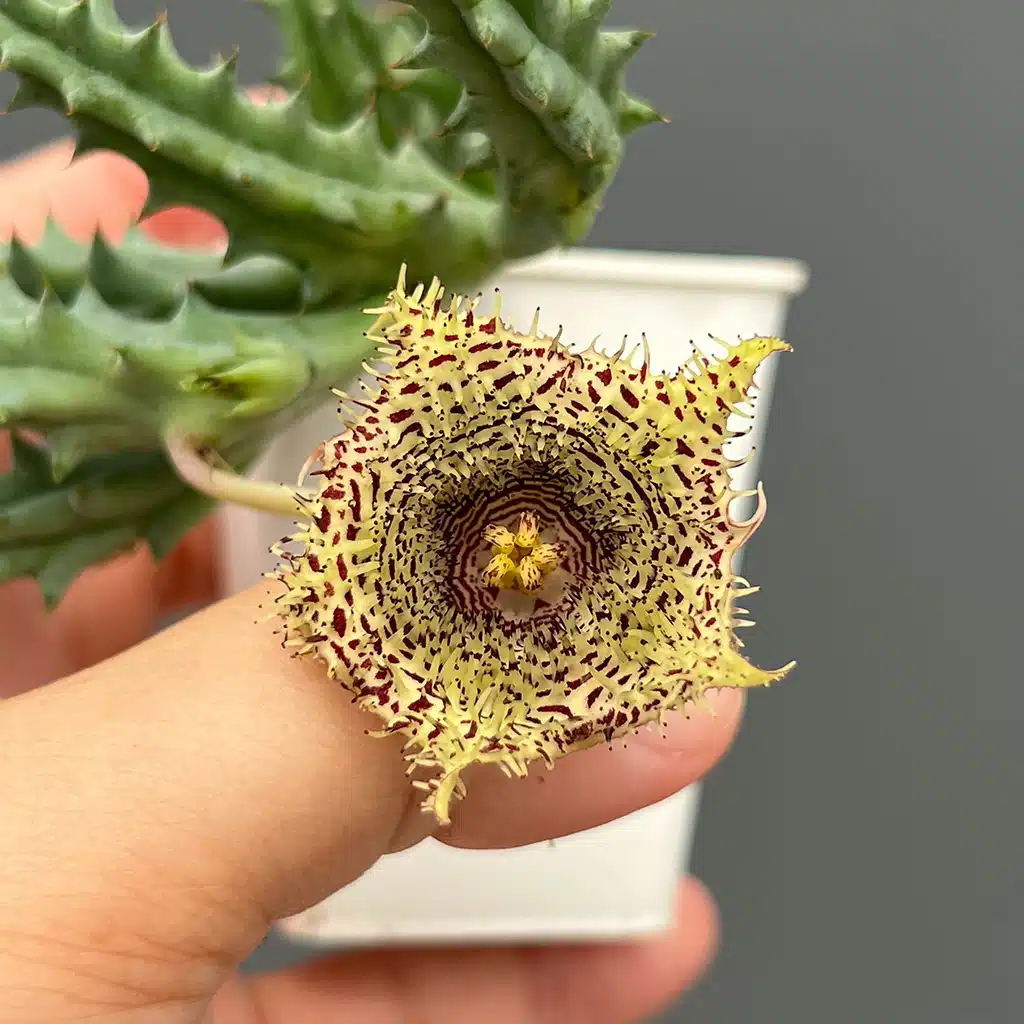


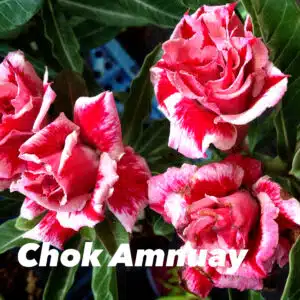
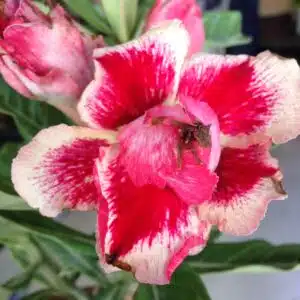
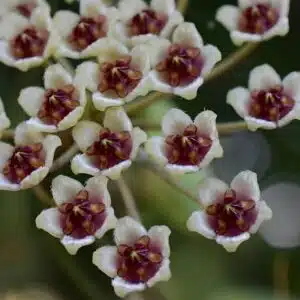

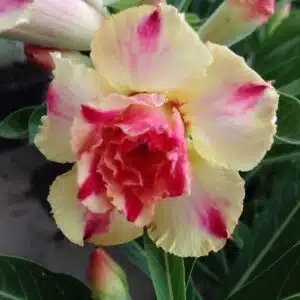
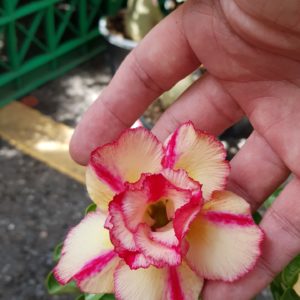

There are no reviews yet.